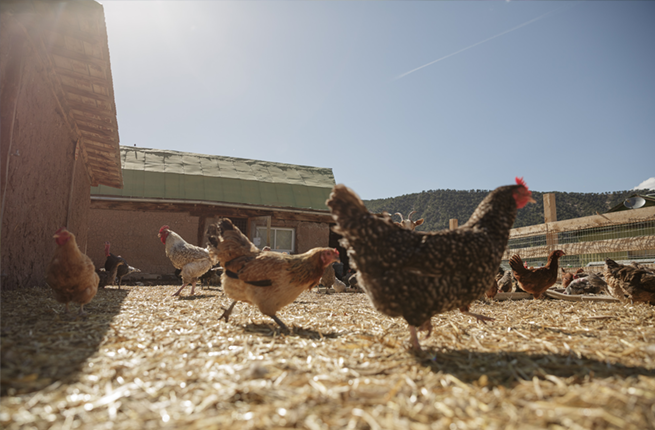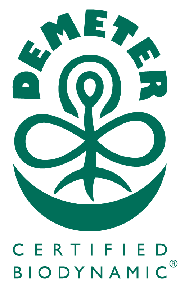
Passive Solar Straw Bale Chicken Coop and Gravity Fed Composting Yard System
The chicken coop and yard was designed as a system. Utilizing gravity, We add food waste and chicken manure and turn out compost at the bottom of the yard. Our Guiding Principle in Design: Every Function is supported by many elements and every element serves many functions
Why Chickens:
Our chickens fulfill this principle on many levels, and are an invaluable asset to our organic permaculture demonstration, providing us with the following:
- Wholesome organic poultry meat and fresh eggs
- Aeration and fertilization of garden soil, weed and insect control (when placed in our chicken tractor)
- A supply of renewable compost
- Money from eggs we sell to locals
- Educational opportunities in animal husbandry, animal care, sustainable system-based design and practice, and recycling nutrients on site and in yard.
Coop Considerations:
In order for our chickens to be both healthy and happy, we considered the following while designing our chicken coop:
- Easy to clean
- Has good drainage
- Protects the flock from wind and sun rodents, wild bird, and predatory animal proof
- Adequate roost
- Nests that entice hens to lay indoors
- Offers plenty of natural light
- Includes sanitary and efficient feed and water stations
- Proximity to slope for gravity fed yard
- Southern exposure
- Easy access to compost
- Yard canopy
- Affordability
- On-going educational opportunities
- Thermal mass
- Recycled mater
- Super insulation
- Well ventilated
- Free of drafts
- Maintains a stable temperature
Passive Solar:
In Colorado we get 300+ days of sunshine a year. We chose to use passive solar strategies in order to keep our chickens warm during the winter and cool during the summer. Since the sun shines from the south in the northern hemisphere, we decide to use glazing (sliding glass door) along the south facing wall. This provides us with plenty of free heat during the winter months. By designing a 3-foot eave on the south side of our coop we allow the sun’s rays to penetrate the coop during the winter, while blocking direct sun during the summer.
Why use Straw Bale:
Straw bale has many attributes and we incorporated them into our chicken coop design. We finished the walls with stucco on the outside and an earthen plaster on the inside. Straw bales gives us:
- Superinsulation and appropriate thermal mass provides the perfect temperature year round
- Simple construction (stack and pin)
- Low costs
- The conversion of a local agricultural waste productinto a valuable building material
- Fire resistant, waterproof, pest-free, and long-lasting ( if constructed properly)
- Provides a unique community learning experience
- Reduces the need to use resource intensive and toxic building materials
- Elegant
- Graceful solution derived from place
Coop Yard:
The coop yard is designed on a slope to utilize gravity. Feed, food scraps, leaves and weeds are placed at the top of the yard. The chickens peck, scratch and manure sending the waste to the bottom of the yard where it gathers and cooks down into compost. A door at the bottom of the yard can be raised to access this compost.
The fencing is eight feet tall held by old cedar fence posts. We strung orange baling twine across the top of the yard. This keeps the hawks from diving into the yard to steal the chickens. We decided not to fence the top of the yard. This allows many magpies and other smaller birds to come into the yard, but the larger ones are kept out by the twine.
Observation:
We began the design process by watching chickens and what they do and need to do their job best.

